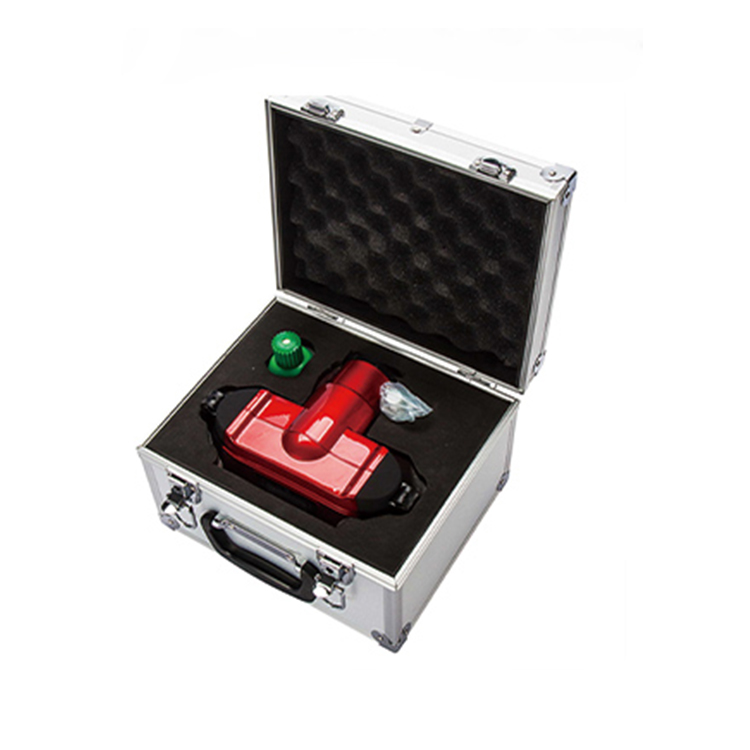Why do X-ray tubes need cooling? Through the understanding of the principle of X-ray imaging, we know that 99% of the energy produced by high-speed electrons bombarding the anode target is converted into heat energy, and the voltage at both ends of the X-ray tube in the equipment is usually tens or even hundreds of kilovolts. Therefore, if the cooling is not timely, the anode overheating will discharge gas, and then reduce the vacuum degree of the ray tube. In serious cases, the target surface will melt or even crack and fall off, so that the X-ray tube will lose its working ability. Usually X-ray tube has air cooling, water cooling, oil cooling and other cooling methods, the differences are as follows:
1, air cooling: air as the medium, generally using fin and fan forced circulation to strengthen heat transfer cooling. From the perspective of heat transfer, the specific heat of air is only a quarter of the specific heat of water, and the density of air is far less than the density of water. Therefore, if the same heat is transferred and the temperature rise of the cooling medium is the same, the amount of air needed will be 4 times that of water.
2. Water cooling: a cooling system that uses coolant as the medium and recycles it. The digital imaging system mainly adopts the closed circulation type, which is composed of cooling equipment, water pump and pipeline. After cold water flows through the X-ray tube that needs to be cooled down, the temperature rises, and then the cooling equipment makes the water temperature drop back, so that the circulation can be repeated.
3, oil cooling: oil as the medium, and water cooling process is the same. Oil coolant, compared with water and air as coolant has more advantages, with sensitive heat balance ability and super heat conduction ability

So, how to choose the right cooling method? In simple terms, low power and low voltage all-in-one machines are usually air-cooled, high power and high voltage all-in-one machines are usually water-cooled, single-pole X-ray tubes are water-cooled, and bipolar X-ray tubes are oil-cooled. The service life of X-ray tube can be greatly ensured by choosing the appropriate cooling method.